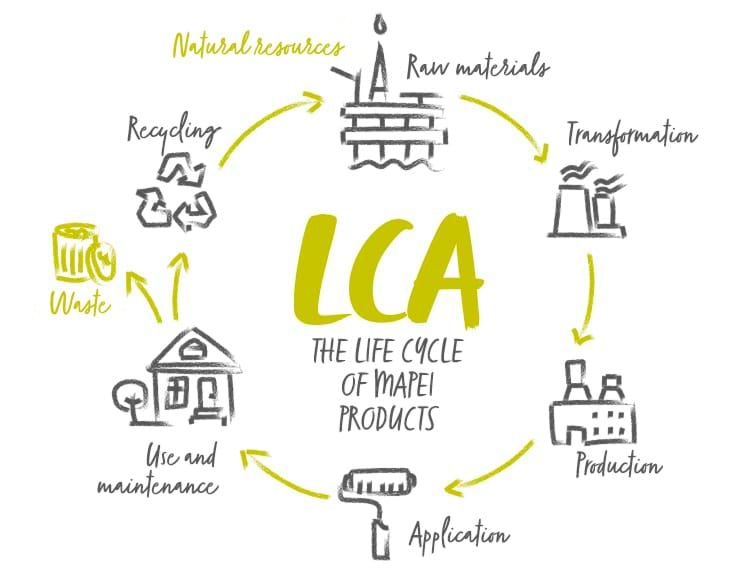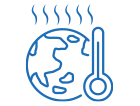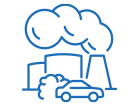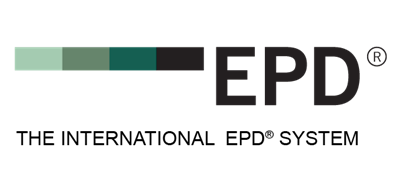Mapei promotes the total offsetting of residual CO2 emissions during the life cycle of products by acquiring certified environmental credits to support the implementation of renewable energy projects.
Since 2012 we have offset over 80,000 tonnes of CO2 associated with the Italian manufacturing of Keraflex Maxi S1 Zero by acquiring certified environmental credits: in 2023, a new line of fully offset CO2 emissions ceramic products is born.
CO2 emissions measured throughout the life cycle of products from the Zero line in 2024 using Life Cycle Assessment (LCA) methodology, verified and certified with EPDs, have been offset through the acquisition of certified carbon credits in support of forestry protection projects. A commitment to the planet, to people and to biodiversity.
A commitment to the planet, to people and to biodiversity.
Choose sustainability for all your projects, with Mapei.



GWP

GWP

POCP

EP

AP

ADP-ELEMENTS

ADP-FOSSIL

WDP

